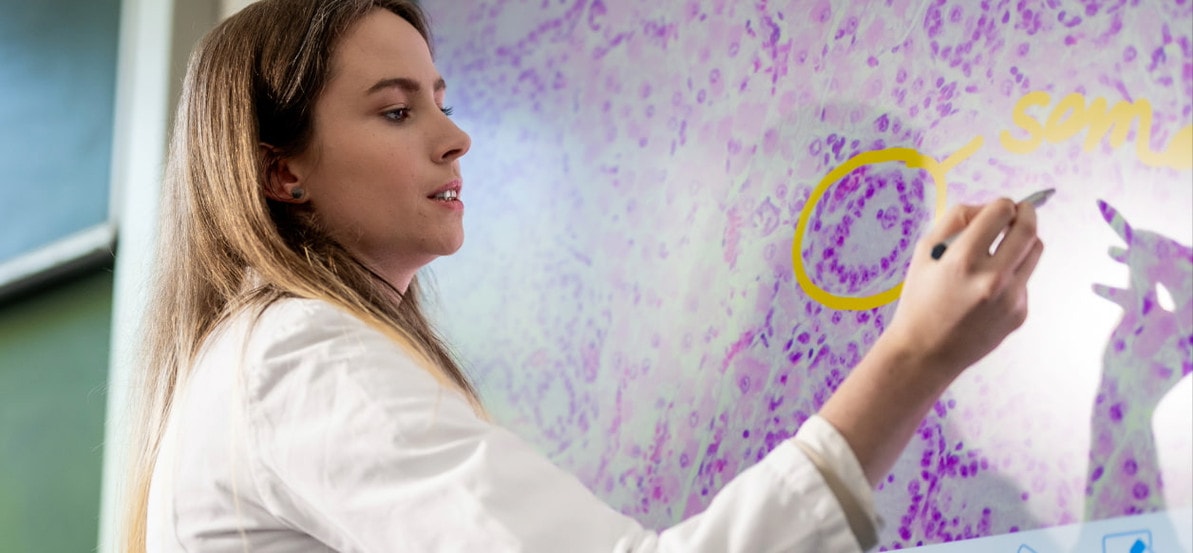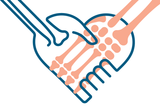What Is the Difference Between Anatomy and Physiology?
Jul 14th 2025
If you're considering a degree in healthcare, medicine, or life sciences – or even just exploring how the human body works – you’ve encountered the terms anatomy and physiology. While they’re often used together, they are not the same. Understanding the difference between anatomy and physiology is key to preparing for future studies or careers in science and medicine.
This guide breaks down anatomy vs. physiology, how they’re related, and how to study them effectively, whether you’re enrolled in a formal program or learning independently.
Anatomy vs. Physiology: The Core Differences
At its simplest, anatomy is the study of structure, and physiology is the study of function. Anatomy tells us what something is and where it is located. Physiology tells us how it works.
- Anatomy focuses on the body's physical structure – organs, bones, muscles, and tissues.
- Physiology explains the biological processes that allow those structures to perform their roles – like how the lungs exchange gases or how the heart pumps blood.
How Are Anatomy and Physiology Related?
You can think of the A&P relationship like this: Anatomy is the blueprint, and physiology is the engineering. You can’t fully understand one without the other.
For example:
- In studies of anatomy, you might study the alveoli (tiny air sacs) in the lungs in your anatomy unit.
- In physiology, you’ll learn how those alveoli help oxygen enter the blood and remove carbon dioxide during respiration.
- An anatomist might study the chambers of the heart and how they’re arranged.
- A physiologist could study how those chambers contract to pump blood throughout the body.
Together, these subjects help you understand how structure supports function and how changes in one can affect the other.
The Fundamentals of Anatomy and Physiology
While distinct, anatomy and physiology are studied together because they provide a complete picture of the human body. Many science programs combine these subjects in a course called Anatomy and Physiology, often abbreviated as A&P.
Understanding the fundamentals of anatomy and physiology can lay the groundwork for more advanced studies in medicine, nursing, biology, physical therapy, and more. Those fundamentals include:
- Gross anatomy – visible structures and their relationships
- Microscopic anatomy – cellular and tissue structures
- Systemic anatomy – organs
- Systems physiology – organ systems and functions, including neurophysiology, cardiovascular physiology, and respiratory physiology
- Homeostasis – the body’s ability to remain stable internally despite external changes
Comprehensively studying A&P builds critical thinking skills, helping you connect cause and effect. For example, you can deeply understand how a torn muscle (the anatomical issue) impacts movement (a physiological outcome).
Why Are Anatomy and Physiology Important for Your Career?
If you’re heading into healthcare, biology, fitness, or veterinary science, a strong foundation in A&P is essential. You’ll need to:
- Assess patients (understanding symptoms and body systems)
- Communicate effectively with colleagues and clients
- Make informed decisions based on biological principles
Are Anatomy and Physiology Classes Hard?
Yes, mastering A&P can be challenging, especially if it’s your first science-heavy course. There can be a lot of memorization of items like bones, muscles, and cell types. Some complex processes can be difficult to understand, like nerve conduction or hormonal regulation.
However, learning about anatomy and physiology can also be incredibly rewarding. Along the way, students often find that the hands-on aspects, like dissections or using models, solidify abstract concepts.
Here are a few tips for managing the difficulty:
- Break topics into manageable sections, like focusing on one system at a time
- Use visual aids like diagrams, flashcards, and 3D models
- Practice regularly, since repetition helps with retention
How to Study Anatomy and Physiology on Your Own
You don’t need to be in a classroom to start learning. Many students, career-changers, or curious minds choose to study anatomy and physiology on their own before entering a formal program. Here’s how to begin:
1. Start with a Textbook or Online Course
Choose a beginner-friendly A&P book or enroll in an online course with video lectures and quizzes. Look for reputable sources like Khan Academy, Coursera, or college prep guides.
2. Use 3D Models or Dissection Kits
Hands-on learning makes a big difference. Use preserved specimens, virtual dissection apps, or 3D anatomy models to explore structures in detail.
3. Supplement with Real-World Visuals
Watch medical documentaries, anatomy YouTube channels, and surgical videos, keeping in mind that these are educational but can be graphic.
4. Join a Study Community
Whether it’s a Reddit forum, Discord server, or study group, surrounding yourself with others helps keep motivation up and provides space for discussion.
Explore with Confidence
At Anatomy Warehouse, we know how powerful hands-on learning can be. Exploring anatomy and physiology with physical study aids helps learners grasp the full picture of how our bodies are built and how they work.
Whether you're preparing for college, switching careers, or just curious, we can help you dive in with dissection kits, high-quality models, simulation products, and educational resources. Shop independently, or contact us for advice or a custom quote.
Share:




